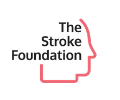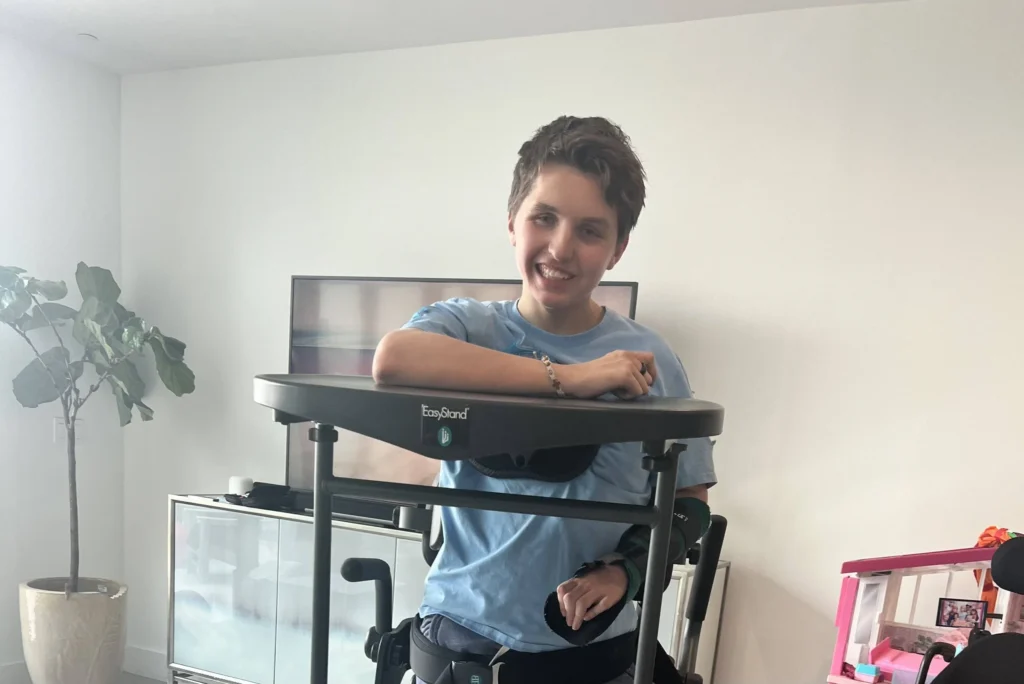Meditation can be daunting, but with the right tools it can change your life. Simple daily meditations can over time change the physiology, in other words the physical structure, of the brain in many ways. Specific parts of the brain, such as the cingulate cortex, are responsible for attention, emotional regulation, and mental flexibility. The same areas are being used when meditating. And the more you engage those parts of your brain the more they develop and evolve. By training your mind to focus on your body and breath you can bring on these changes in a peaceful manner.
Stroke recovery is a stressful and frustrating process, not just physically but mentally as well. Everyone deserves to have a moment of peace every single day, and meditation can offer that. Most recovery methods have you concentrate on one single activity, walking for example. It becomes mentally exhausting to be that focused. So, taking 10 minutes, or even less, each day to solely focus on breathing, and relaxing your body and mind, it does wonders.
One study measures the effects of mindfulness meditation on poststroke spasticity. Spasticity is the condition in which muscles stiffen and interfere with movement. 10 stroke survivors were recruited to participate in a 2-week long experiment in which they were to listen to a daily guided meditation. Result, showed statistically significant improvements in spasticity in both the elbow (P = .032) and wrist (P = .023) after 2 weeks of meditation, along with improvements in quality of life measures for Energy (P = .013), Personality (P = .026), and Work/Productivity (P = .032)” (Wathugula et. al.).
Many people who try out meditation mention that their mind wanders and they can’t ever clear their head, which is a totally normal experience. Of course our mind loses focus, but if you work at it you’ll notice that every time a new thought pops into your head you’ll be able to easily redirect your attention to the mediation. A challenge is inherently difficult, and difficulty means change. The more you work at it, the easier it gets.
So, how do you get started with meditation? The best way to unlock these benefits is through creating small daily habits. Try pairing meditation with something you already do every day. You could meditate right after breakfast, or right before bed. The pairing of something you do every day with something totally new will make the process much smoother.
It can also help to set realistic goals and expectations — it won’t be perfect from the start, and you may not be able to fully meditate the entire time. Setting realistic goals (such as 5 minutes of meditation 4 times a week) and expectations (such as expecting your mind to wander) can help ease the frustration you can experience when trying something new.
Mediation is not something you have to navigate alone, there are tools to help. We recommend the app Balance. Balance is a donation-funded app that offers personalized guided meditations. Try it out, and explore all the options Balance offers. You can meditate by following organized plans, or simply choose a 10-minute clip based on how you feel that day. Some other great options are headspace, calm, and simple habit.





